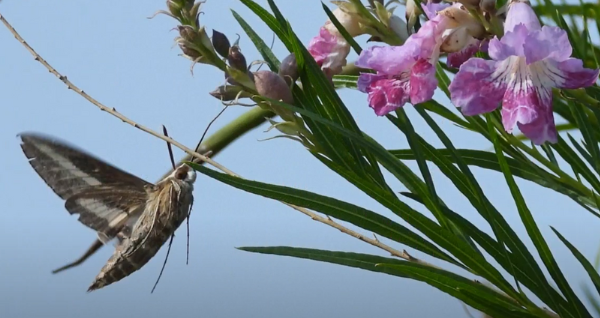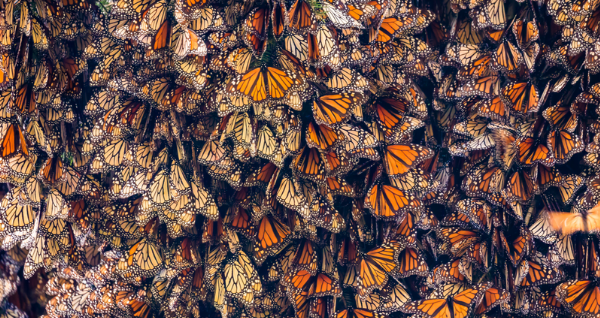|
Watch our short video?Postcard From Texas: Dragonflies and Damselflies, and see if you can tell the two apart. Hint: dragonflies rest with their wings open, damselflies with their wings closed.
?
 Tree for Wildlife: the Desert Willow
 If you'd enjoy a small tree in your landscape that's drought, heat and freeze resistant, as well as a wildlife favorite, consider the desert willow.
This low-maintenance tree has fragrant flowers that bloom all summer, attracting butterflies, hummingbirds and other wildlife. Flower color ranges from pale pink to deep purple. It's native to Central and West Texas, and an excellent choice for areas that don't get a lot of rain; otherwise it needs a well-drained bed.?Pro tip: Desert willow blooms on new wood, so prune it regularly for more flowers.
A message from our non-profit partner, Texas Parks & Wildlife Foundation:

For those who appreciate the wild things and wild places of Texas, black bears returning to their native range in West Texas is thrilling news. But their ongoing survival depends on how well humans and bears can co-exist.
The Borderlands Research Institute (BRI) at Sul Ross State University is partnering with Texas Parks and Wildlife Foundation (TPWF) to raise funds for BRI?s Human-Black Bear Coexistence project. Outreach and research are critical to help black bears thrive.
TPWF has also partnered with?H-E-B, whose?Field & Future by H-E-B???product?line provides funding to support this and other conservation projects.
|
 The monarch population was counted while the butterflies overwintered in Mexico, and their numbers are up from last year.?
There were 10 colonies located during this past winter. They occupied an area of about 2.84 hectares, or 7 acres. This is 35% larger than the area they occupied last winter. Good news, but still a dangerously low number of monarchs.
Biologists estimate the monarch population needs to cover at least 6 hectares, or 15 acres, for a stable population. You can help support monarchs by continuing to avoid pesticide use and grow milkweed, mistflower and other native, pollinator-friendly plants that flower in spring and fall.?
 Messages from Texas Parks & Wildlife magazine advertisers:


|
